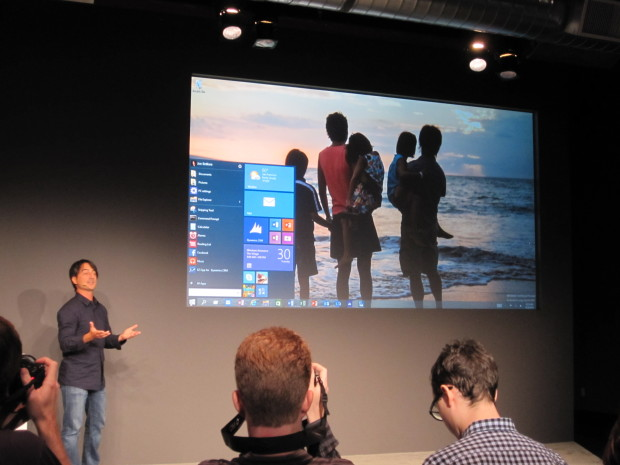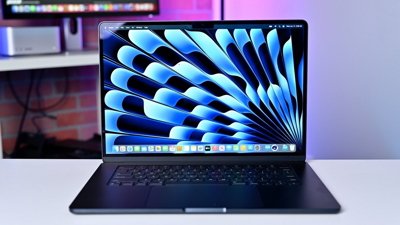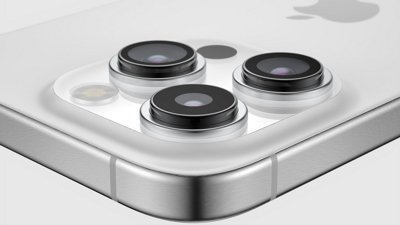Software behemoth Microsoft on Tuesday announced that its next-generation desktop operating system would not follow the numerical progression of its two predecessors — which would have made it Windows 9 — but will instead be called Windows 10.
"Windows 10 represents the first step of a whole new generation of Windows," Microsoft operating systems chief Terry Myerson said during the unveiling, according to the Seattle Times. Leaked builds have shown a return to a Windows 7-style start menu with Windows 8-like tiles.
"It gives the familiarity of Windows 7 with some of the new benefits that exist in Windows 8," Microsoft executive Joe Belfiore said, a clear sign that the company is attempting to turn around the questionable choices it made with Windows 8.
The launch of Windows 8 was a disaster for Microsoft, as the heavily-promoted OS took nearly a year to surpass the installed base of Apple's own OS X, which runs on a relatively paltry number of computers. Users revolted against the changes in long-standing Windows user interface patterns — Â like the Start menu — Â and the switch to the new Metro design language that was clearly designed with touchscreens in mind.
Microsoft relented with Windows 8.1, which re-introduced a "boot to desktop" mode, among other capitulations. That was not enough for many buyers, however, and Windows 7 continues to outstrip the combined user base of Windows 8 and 8.1.
Myerson said that enterprises, which account for a massive proportion of Microsoft's revenue, would likely begin to see preview builds of Windows 10 soon, and that the company was "starting the dialogue" with its most important clients.
 AppleInsider Staff
AppleInsider Staff








 Wesley Hilliard
Wesley Hilliard
 Christine McKee
Christine McKee
 Marko Zivkovic
Marko Zivkovic

 Malcolm Owen
Malcolm Owen
 William Gallagher
William Gallagher
 Andrew O'Hara
Andrew O'Hara








214 Comments
Yes! That will save Microsoft from the Ballmer reign of disaster. Skip a number, and hope Windows 10 is confused with MacOS X. Brilliant.
Windows 10, Mac OS X.....LOL
So back to Windows 7.
Oh, and the next update will be called 10.1 (Big Cat), and 10.2, and eventually it's Windows X eh? Wonder where that came from
They should just call it Windows X.